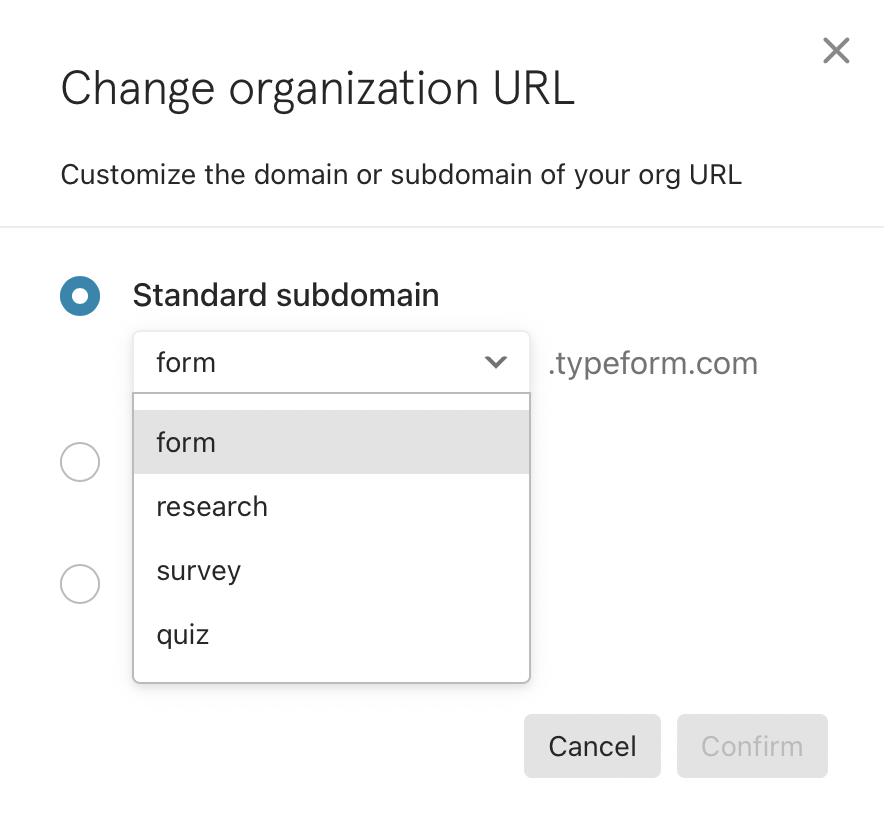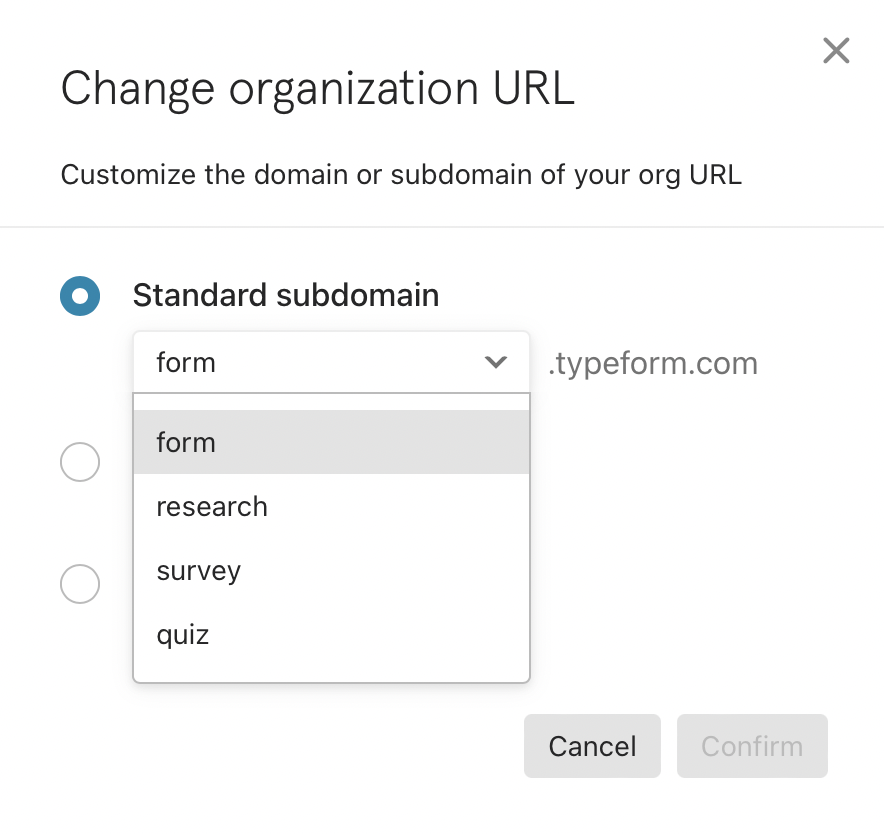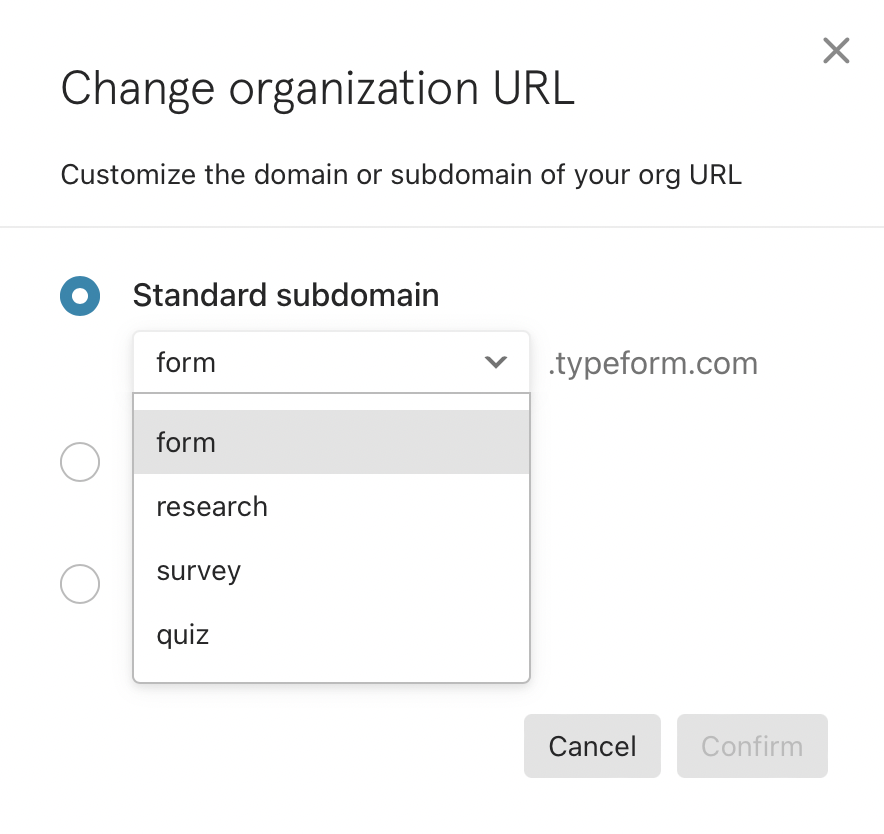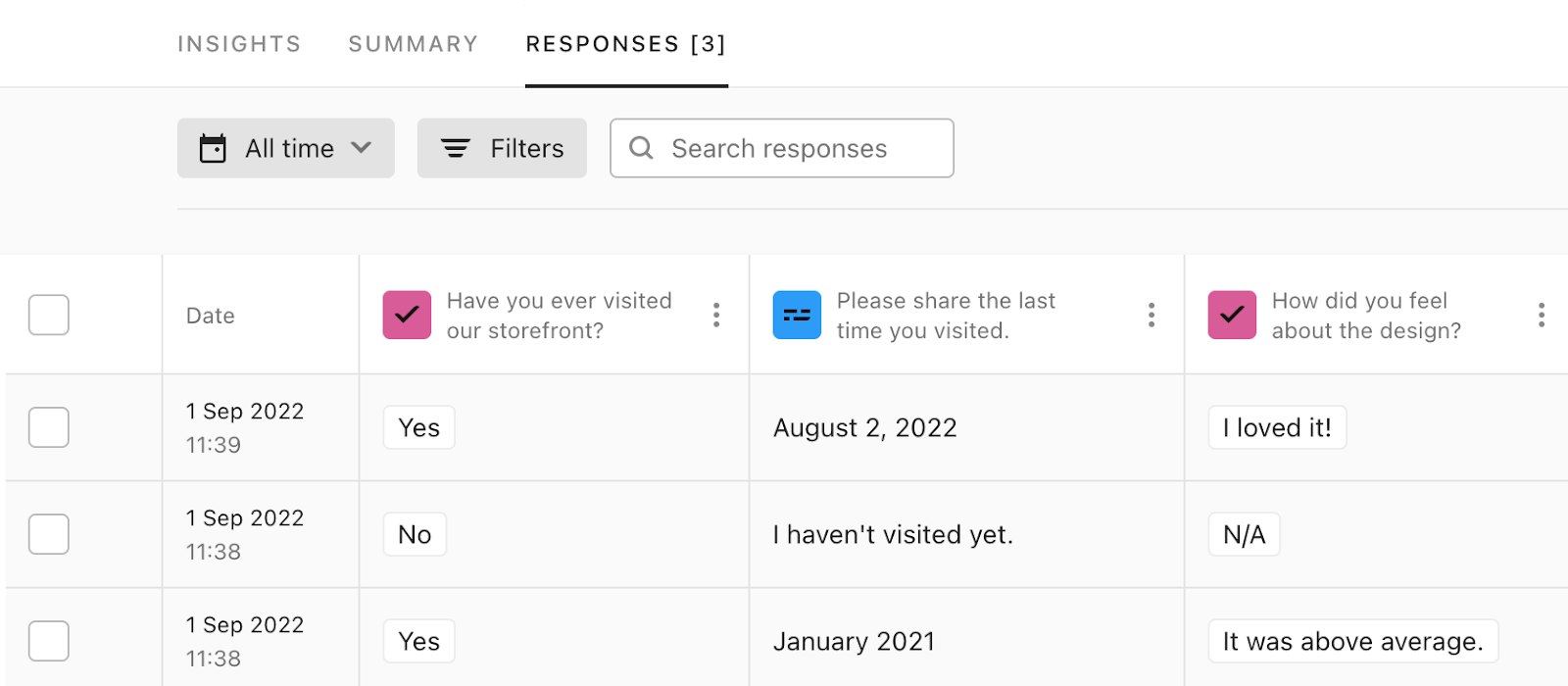How to Create Engaging Typeform URLs

Welcome to the world of Typeform, a powerful online tool that revolutionizes the way we create surveys, forms, and quizzes. With its intuitive interface and focus on user experience, Typeform has become a go-to platform for businesses, marketers, and individuals seeking to gather valuable insights and engage their audiences effectively. In this comprehensive guide, we will delve into the art of crafting captivating Typeform URLs, a crucial aspect that can significantly impact the success of your online forms.
The Power of a Compelling Typeform URL

When it comes to Typeform, the URL is more than just a web address; it’s a powerful tool for branding, personalization, and driving user engagement. A well-crafted Typeform URL can leave a lasting impression on your respondents, making it easier for them to remember and share your form. Additionally, a unique and memorable URL can enhance your brand’s visibility and help you stand out in a crowded digital landscape.
Best Practices for Creating Engaging Typeform URLs
Here are some key strategies to consider when designing your Typeform URLs:
- Keep it Short and Sweet: Opt for concise URLs that are easy to read and remember. Long, complex URLs can be daunting and may discourage potential respondents. Aim for a URL that is straightforward and reflects the purpose of your form.
- Use Keywords Strategically: Incorporate relevant keywords that describe the content or purpose of your form. This not only helps with SEO (Search Engine Optimization) but also provides a clear indication of what respondents can expect. For example, if your form is about gathering feedback on a new product launch, include keywords like "product-feedback" or "launch-survey" in your URL.
- Personalize with Branding: Consider incorporating your brand name or a unique identifier associated with your brand. This adds a professional touch and reinforces your brand's presence. For instance, if your company name is "EcoTech Innovations," you could use a URL structure like "ecotechinnovations.typeform.com/feedback" to establish a strong brand association.
- Make it Memorable: Create a URL that is catchy and memorable. Play with words, use alliteration, or incorporate a playful tone to make your URL stand out. A memorable URL increases the chances of respondents sharing it with others, expanding your reach.
- Utilize Custom Slugs: Typeform allows you to customize the slug (the part of the URL after the domain name) to match your form's purpose. Take advantage of this feature to create unique and meaningful slugs. For instance, if you're creating a customer satisfaction survey, you could use a slug like "satisfaction-survey" to make it more relatable.
- Avoid Generic URLs: Steer clear of generic, default URLs provided by Typeform. These URLs lack personality and can make your form appear less professional. By customizing your URL, you demonstrate attention to detail and a commitment to providing a high-quality user experience.
Case Study: A Real-World Example
Let’s explore a practical case study to illustrate the impact of an engaging Typeform URL. Imagine a marketing agency, “BrandBoost,” conducting a market research survey to gather insights from their target audience. They decide to create a Typeform survey with the following details:
| Survey Title | URL |
|---|---|
| Market Research: Consumer Preferences | https://brandboost.typeform.com/consumer-preferences |

In this example, "BrandBoost" has chosen a URL that is both descriptive and memorable. The use of "consumer-preferences" as the slug clearly communicates the survey's purpose, making it easier for respondents to understand and share. This customized URL enhances the survey's professionalism and encourages a higher response rate.
Advanced Techniques for URL Optimization
To take your Typeform URLs to the next level, consider these advanced techniques:
- URL Redirection: Utilize URL redirection to direct respondents to a specific form or page based on their preferences or demographics. This can enhance the user experience and provide personalized paths through your survey.
- URL Parameters: Explore the use of URL parameters to track and analyze the performance of your forms. Typeform supports parameters like UTM codes, allowing you to measure the effectiveness of different marketing channels and campaigns.
- Dynamic URLs: Create dynamic URLs that change based on the respondent's progress or answers. This can be particularly useful for multi-step forms or surveys with branching logic, ensuring a seamless and tailored experience.
Frequently Asked Questions

Can I customize the domain name for my Typeform URL?
+Yes, Typeform offers custom domains that allow you to use your own domain name for your forms. This feature is especially useful for maintaining a consistent brand identity across your digital presence.
How do I make my Typeform URL more secure and private?
+Typeform provides various security features, including password protection, data encryption, and IP filtering. You can set these security measures within your form settings to ensure a safe and private data collection process.
Can I track the performance of my Typeform URL?
+Absolutely! Typeform offers robust analytics and reporting features. You can track the number of views, completions, and drop-offs for your forms, as well as analyze respondent behavior. This data helps you optimize your forms for better engagement.
Is it possible to integrate Typeform with other marketing tools for URL tracking?
+Yes, Typeform integrates seamlessly with popular marketing tools like Google Analytics, HubSpot, and Mailchimp. These integrations allow you to track and analyze your form’s performance across various platforms, providing valuable insights for your marketing campaigns.
Can I use Typeform URLs for lead generation and sales?
+Absolutely! Typeform is an excellent tool for lead generation and sales. You can create customized forms with lead capture fields, integrate with CRM systems, and even use Typeform’s built-in payment features to collect payments directly through your forms. The engaging URLs will help drive more conversions.
By following these best practices and exploring advanced techniques, you can create Typeform URLs that captivate your audience and drive meaningful engagement. Remember, a well-crafted URL is a powerful tool for enhancing your brand’s visibility and ensuring a positive user experience.



